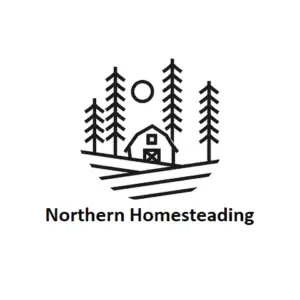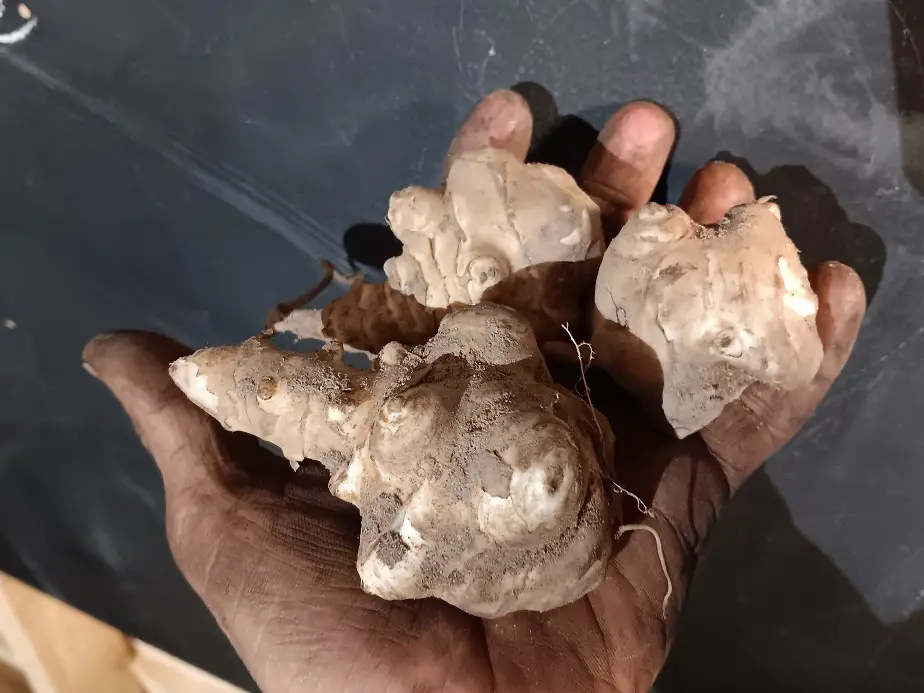Growing or foraging wild things for feed is the best way to save on feed costs. If you have the space for it, you should try it out. These plants are high-protein and very digestible to rabbits. At the bottom of this article, I will link to where you can find the seeds.
Chickory
Chickory is one of the highest-quality rabbit feed crops. It’s high in protein, high in minerals, and is very digestible for rabbits. Chickory can be used for rabbit feed in either its first or second year stage. It’s highest in protein during the first year, and highest in minerals in the second, once the stem has formed.
Chickory is a biennial. In the first year of its growth, it sinks a taproot and makes a nice burst of broad leaves. In the second year, the leaves come out much more heavily and during the summer it begins to send up a stalk that will flower and go to seed. All parts of the plant, root included, are good for rabbits.
Chickory seed is commonly sold in 5-pound pails, or in seed packets and it’s quite modestly priced. It’s mostly used as a deer feed crop but it’s equally incredible as a rabbit feed and can be grown in your garden. It’s also beautiful, hardy, and incredibly drought-tolerant.
Chickory is best sowed in the fall or spring, or started indoors in trays or pots.
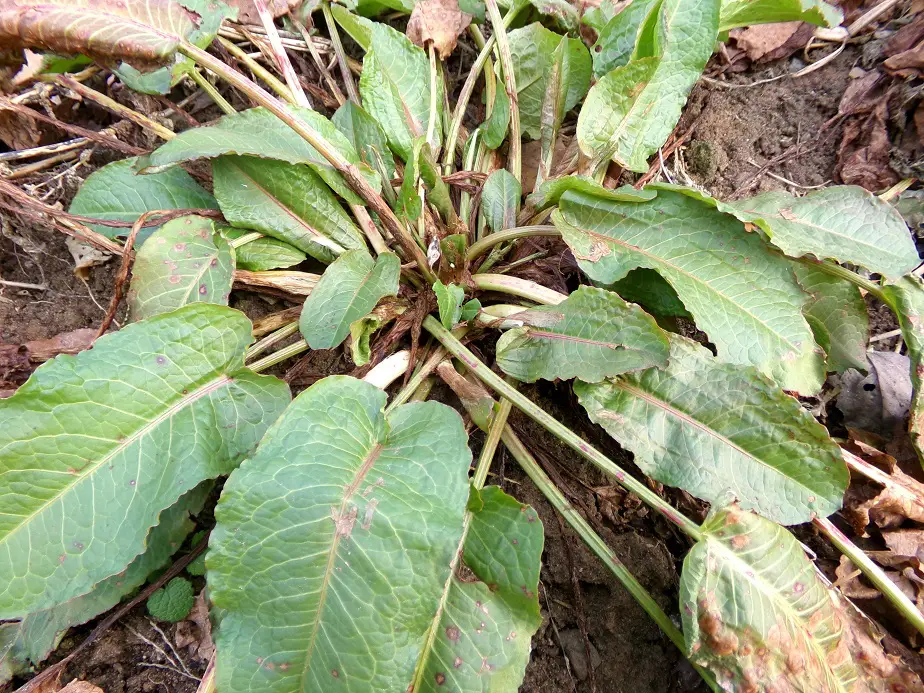
Dock
Dock is my favorite short-growing plant for rabbit feed. It grows all over the US and all types of dock are great for rabbit feed. Most of what we have is Bloody Dock and Burdock. The leaves of the dock plant are great for rabbits, being between 14 and 20 percent protein. Leaves from the on-year-old plants are best but they all work.
This is also biennial, it grows green the first year and flowers out the second. If a plant is in the second year and growing a stalk, you can just take the leaves and trim the stem. It’ll grow back several times in the summer. They have a large taproot that’s quite starchy and also very good for rabbits. Although, my rabbits can be a little picky about them.
Dock should be sown directly in the soil because it won’t develop its proper root system if started in a pot or seed tray.
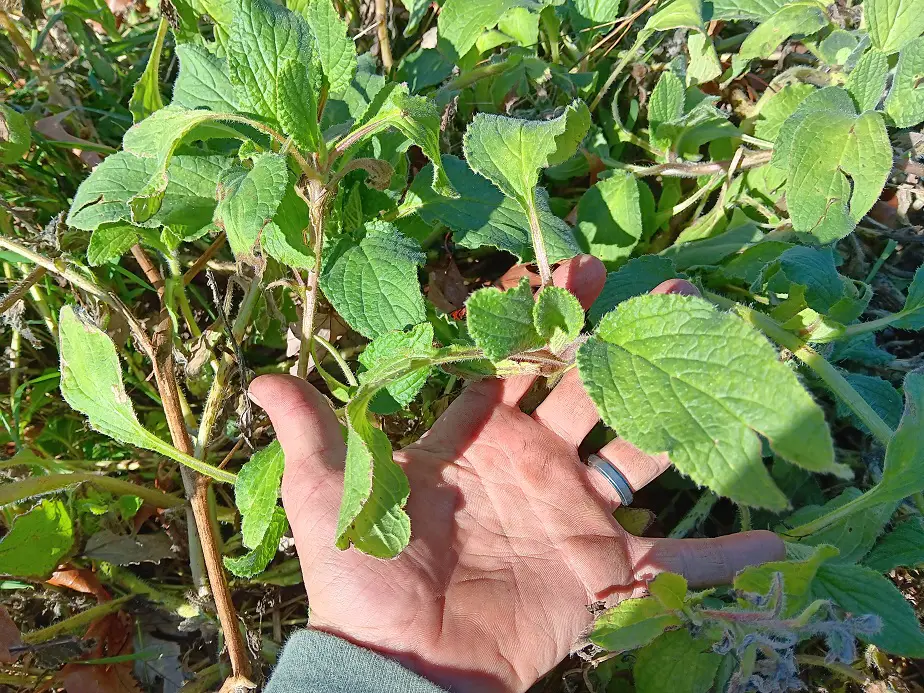
Comfrey
Comfrey is one of my favorites and a new one I’m experimenting with. It’s high in protein and very high in vitamins and minerals. It is thought that too much comfrey can cause kidney issues in rabbits, but several varieties are considered safe as a primary feed ingredient.
Comfrey is about 18 percent protein and is more digestible than about any other green plant. There are two kinds of comfrey; the Russian hybrids and the wild Common Comfrey. I have both.
Common comfrey is a perennial and re-seeds itself very profusely with a reputation for spreading quickly. The Russian hybrids are sterile so they don’t produce seeds and don’t take over. They are grown from root cuttings of live plants. The Russian hybrid comfrey is more digestible and considered the better one for feed
Comfrey root can be planted in a pot, and then transplanted after it starts growing decent leaves. Comfrey seeds are tough to sprout and need a long cold-stratification period prior to germination.
Alfalfa
Alfalfa is high in protein, highly digestible, and benefits pregnant and nursing rabbits. It’s the main ingredient in most rabbit feeds, and it’s easy to grow anywhere with decent rain. Alfalfa grows up to four feet tall and can be fed to rabbits during any growth stage.
It’s highest in protein just before the blossoming stage and can vary from 14 percent to 18 percent protein. Alfalfa is quite high in Lysine for a green plant. Lysine helps rabbits to keep up a good growth rate and to gain muscle well. It’s best seeded in the early spring or fall.
Clovers
Clover is an excellent feed or forage for rabbits. It can be a primary rabbit feed ingredient because it’s high in protein and in minerals. All clovers are highly digestible and have tender leaves and stalks which rabbits love. Red Clover, White Clover, and Crimson Clover are the most popular varieties.
White clover is usually considered the highest in protein content. There are a lot of different varieties, but I like a Crimson Clover and any White Clover. Red Clover, while great for does, can be high in Spuedo Estrogens which can mess up a buck a little. I have had great results growing clover and adding it tio m rabbits’ daily feed.
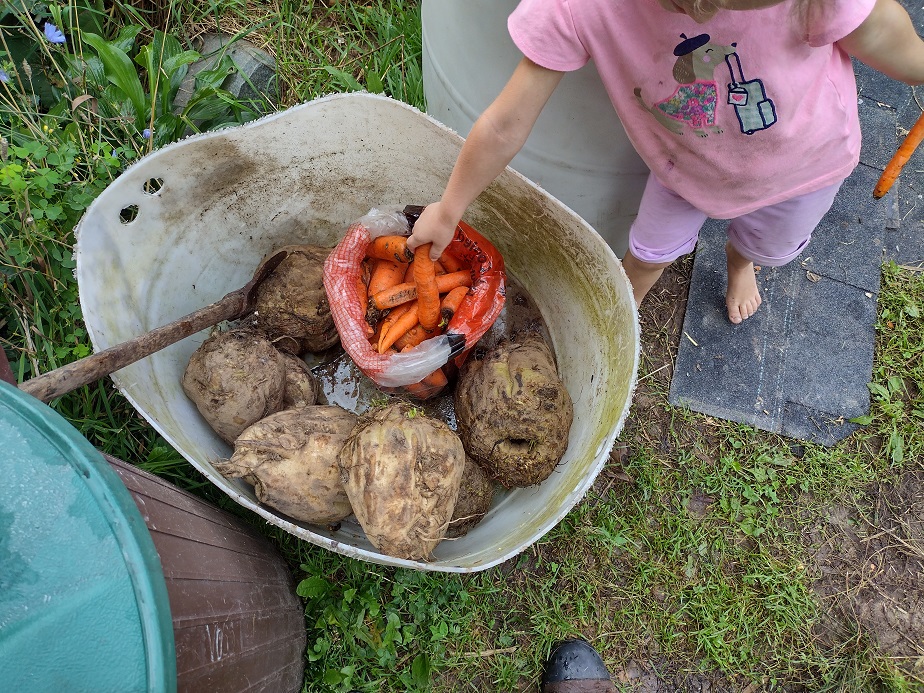
Sugar Beet
Sugar Beet is great for rabbits. It has a good combination of fiber, starch, and sugars. Sugar beet leaves are very high in protein and combined with the root can make a complete feed for rabbits. In regions where they can be grown, they are an incredible rabbit feed crop.
Sugar beet can grow more rabbit feed per square foot than almost anything else. They help thin rabbits to gain weight, and help nursing does keep up their milk production. I grow and feed sugar beets on occasion to my feeder rabbits to get them butcher-ready.
Plant the seeds in early spring because they like cold weather nmd can take a while to make a large root.
Squash/Pumpkin
Squashes and Pumpkins are higher-energy vegetables for rabbits. The fruit, leaves, and vine can be used as rabbit feed. If fed, rabbits should get all parts of the fruit including the skin and seeds. Pumpkin seeds are a viable source of protein and fat for a rabbit’s diet.
The first rabbit feed crop I grew was Spaghetti Squash. I fed the two rabbits I had at the time for two months on just squash. They sure loved it. Now, I plant an assortment of squashes and the rabbits still get plenty. A nice sweet squash or a more seedy variety is better for feed value.
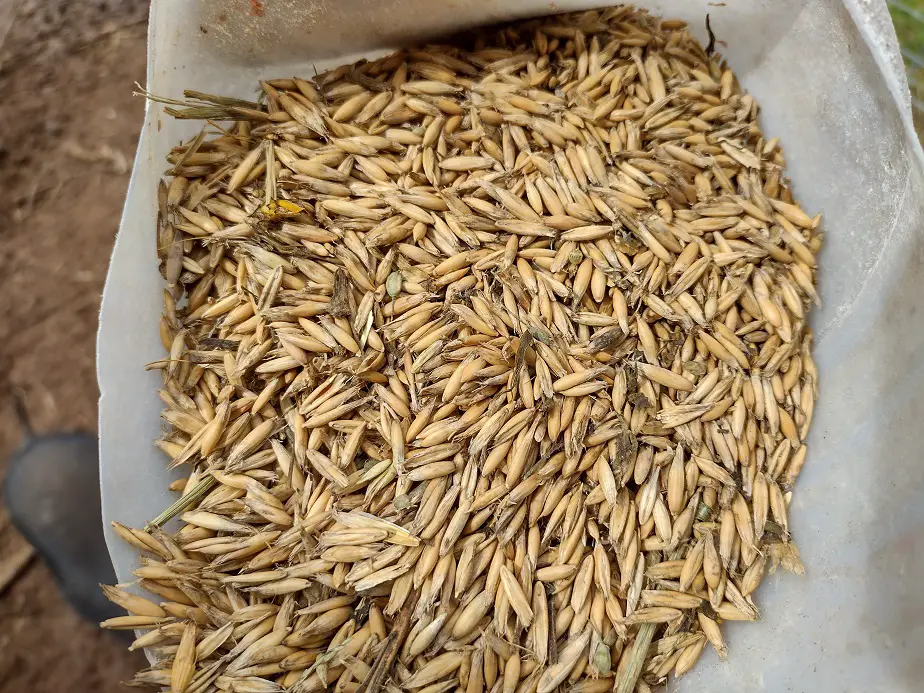
Oats
Oats can be grown as rabbit feed and harvested as grain or as grass. Oat grain is high in starch and has moderate protein levels but oat grass is higher in both fiber and protein. Oat grass is a great way to quickly grow feed for rabbits if you have somewhat cool weather.
I grew oats last year. We used some for grain, but the bulk of it was cut green and fed as the primary diet at the time. Even after the seed heads were formed but while the plant was still green, we fed the whole plant to our rabbits and they did pretty good on it.
Sunflowers
Sunflowers are a quality feed crop for rabbits. Sunflower leaves and soft stalks are a great green feed, and the seeds are a superb source of oil and protein for rabbits. Sunflower seeds help rabbits to take in significantly more calories when needed and are used to improve the coat of a rabbit.
I have grown sunflowers for the last five years as a feed crop in and around my garden. Any variety had potential. I prefer either Black Oil Sunflower or any mammoth variety. I grow mostly Grey Stripped Mammoth.
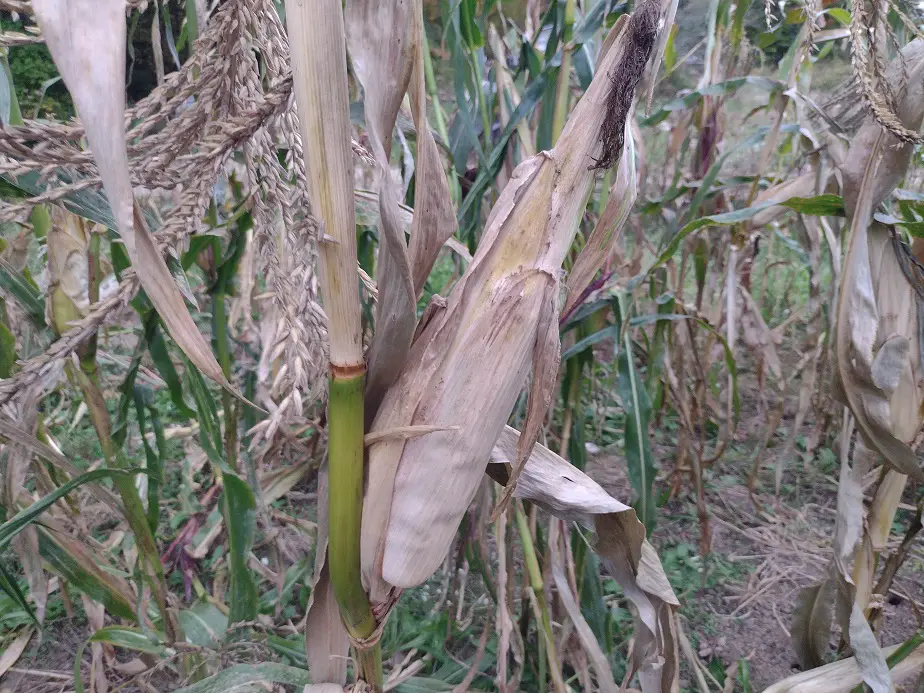
Corn
Corn is a common rabbit feed ingredient and can be used in high quantities if blended right. Corn grain can be fed to rabbits in the mature and immature stages. Green leaves and tender stalks are also great rabbit feed ingredients but are low in energy by themselves.
I have grown corn and used it as a rabbit feed for four years now. I know some people worry about giving rabbits corn and cite that the kernels’ shells can cause gastric blockage but I’ve not seen that in real-life application. I sometimes give whole ears of dry or mature corn to my rabbits and let them chew on them at their own discretion.
Generally, I like to balance corn to be no more than 20 percent corn grain in the entire diet for that day. Too much grain does tend to cause gastric difficulties so don’t overdue it with any grain.
Ryegrass
Ryegrass is a fast-growing and wholesome feed crop for rabbits. It’s high in fiber, protein, vitamins, and minerals. Rye is a great plant for either dried hay or fresh greens, and it supports a healthy diet in rabbits. Rye is considered a high-grade feed option for rabbits.
Rye has been shown to increase the feed digestion and nutrient uptake of rabbits. I haven’t grown it personally and don’t know if I will or not. I’m already growing so many other good things for rabbit feed. But, rye is a great feed option. Ryegrass is just a rye that was harvested whole-plant in the green stage.
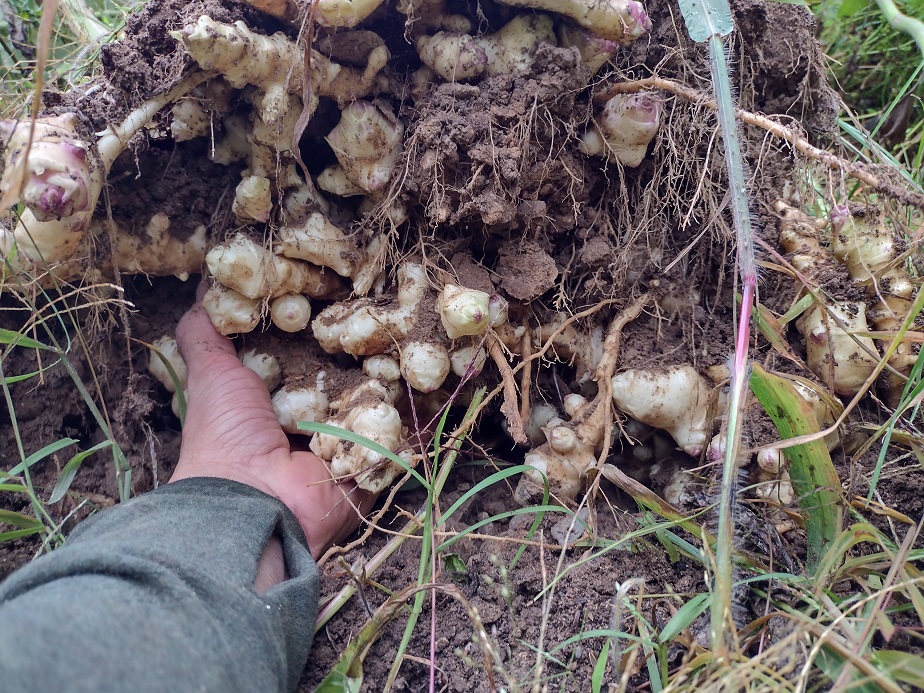
Jerusalem Artichoke
Jerusalem Artichoke is the strongest-acting digestion-benefiting ingredient for rabbit feed. It’s currently not very common, but it can be grown easily and is a superior energy crop and probiotic for rabbits. Rabbits can eat the tubers whole, and can be fed leaves and tender parts of green stalks.
This is the main feed that we grow for all of our livestock. The rabbits do well on it, but it’s low in protein so you will need to supplement that if you feed a lot of Jerusalem Artichoke. The tubers can be fed in small quantities and still benefit the animal’s digestive health.
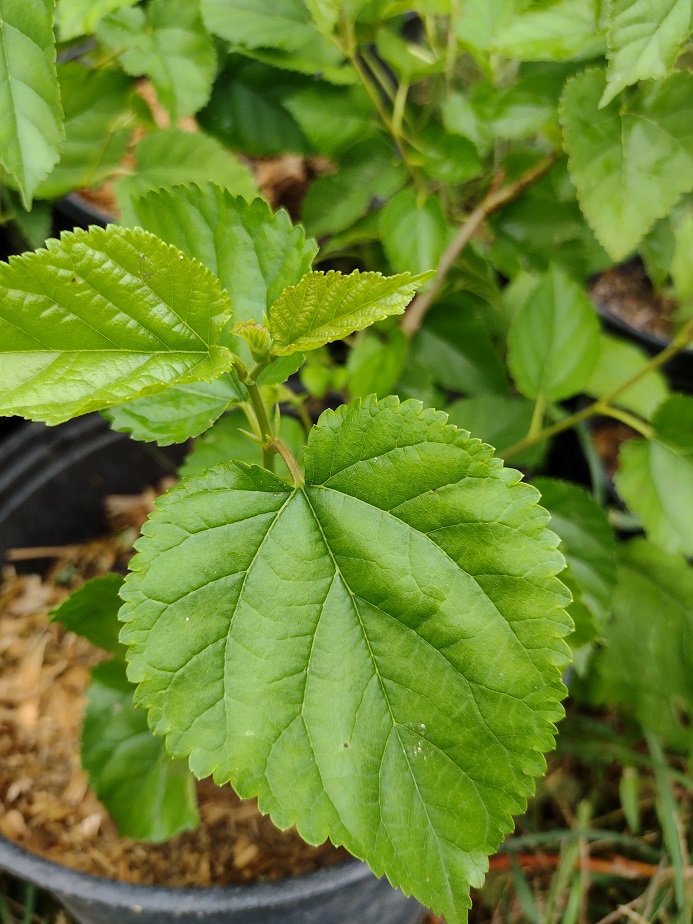
White Mulberry Leaf
White Mulberry leaf is one of the best feed supplements you can give to rabbits. It’s often between 18 and 28 percent protein. The leaves are perhaps the most digestible green used in animal feed. White Mullbery can be fed at 80 percent of the total diet, and it benefits overall health and immune system function.
I have thirty-four mulberry trees on my property. Four of them are pure White Mulberry and thirty are wild Black Mulberry. The white mulberry is often around twice as high in protein as other varieties. Still, our wild Black Mulberry is a fine enough option and it re-grows faster after harvesting leaves.
The trick with fodder trees like these is to cut them short so they grow bushy and shrubby. That way, you can cut off the new-growth branches full of leaves and feed them to your rabbits. This is one of the things I’m experimenting with for producing my own feed supplements for sale.
Poplar Leaf
Poplar leaf is becoming common as a rabbit feed option. It’s moderate in protein but very high in digestibility and mineral content. Poplar re-grows more quickly than any other fodder tree and is considered the most sustainable feed option to grow for rabbits.
I have fed a lot of poplar leaves to my rabbits. I fed them until they wouldn’t eat them anymore. While it’s not a high-energy crop on its own and it does benefit from adding some other seed or grain, it’s moderately high in protein and a good ration base for rabbit feed.
We have around 900 young wild poplars (Quaking Aspen technically) currently used for producing rabbit feed. I’ll likely thin down the poplar stand a bit as they grow and fill in more. My kids go out and harvest leaves all summer long for the rabbits to eat.
Related Articles:
